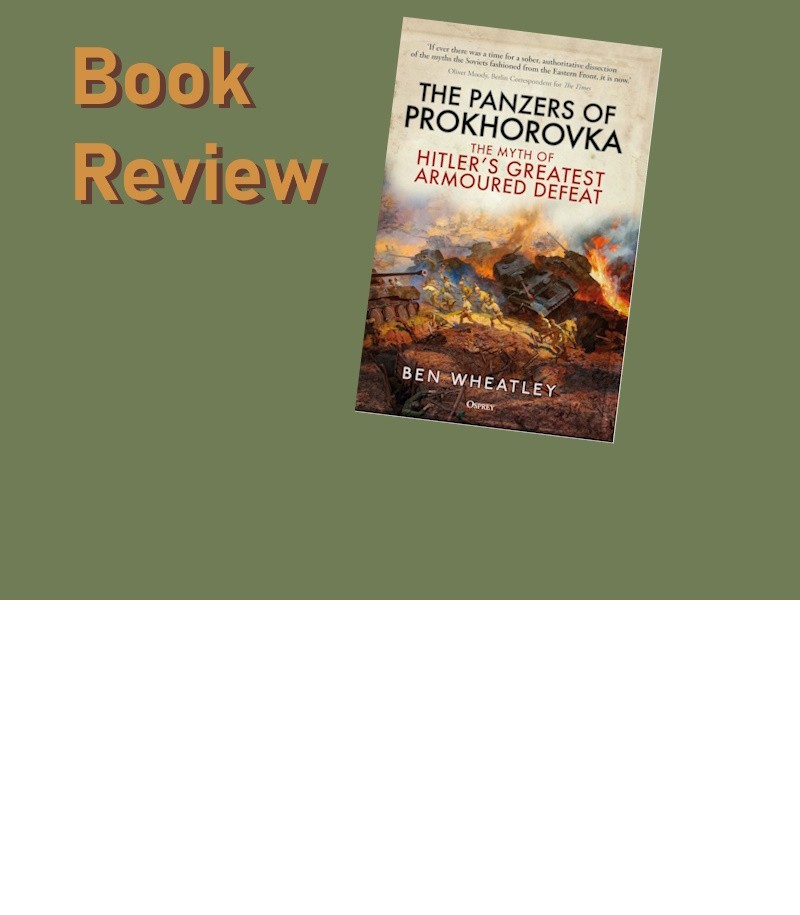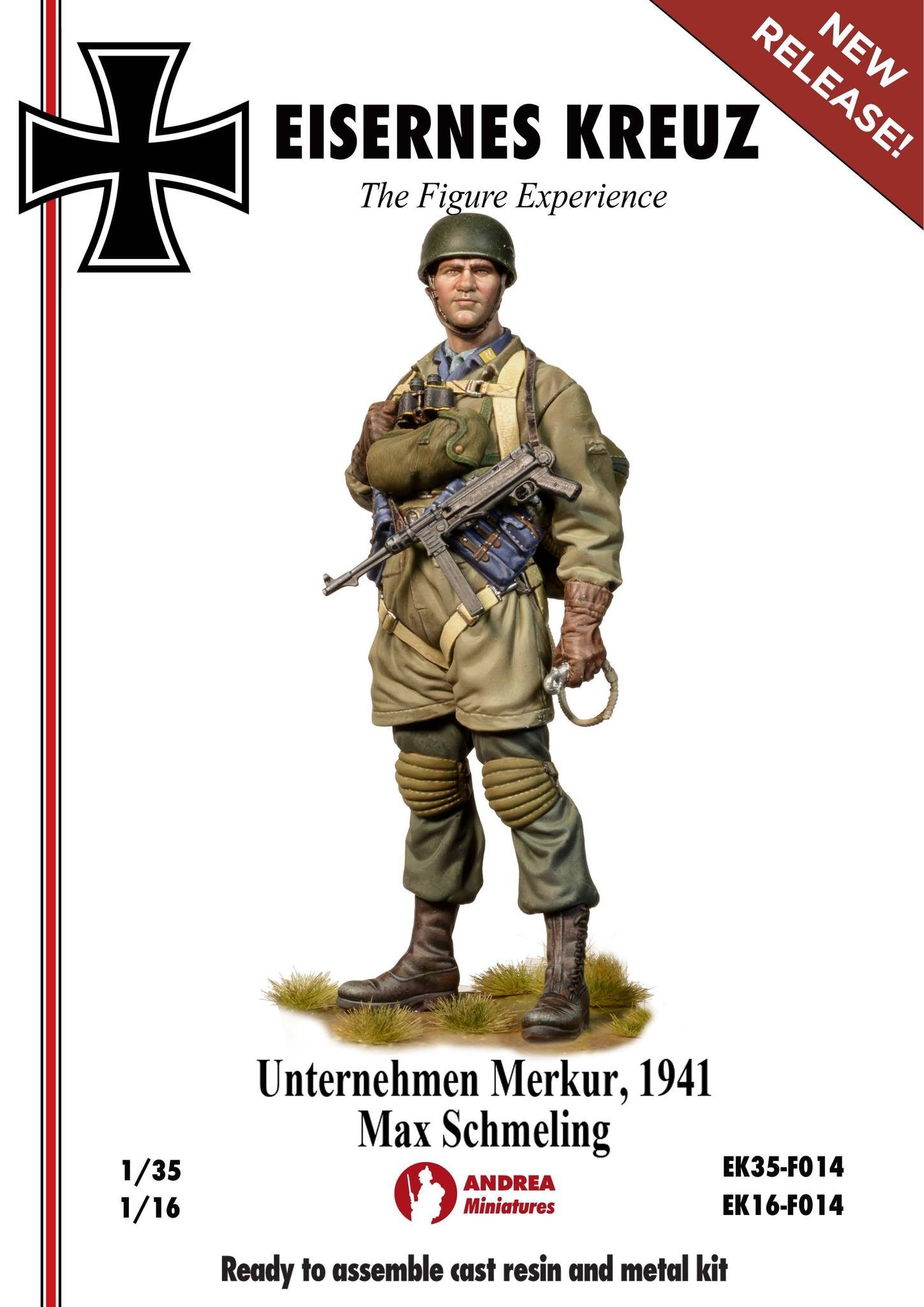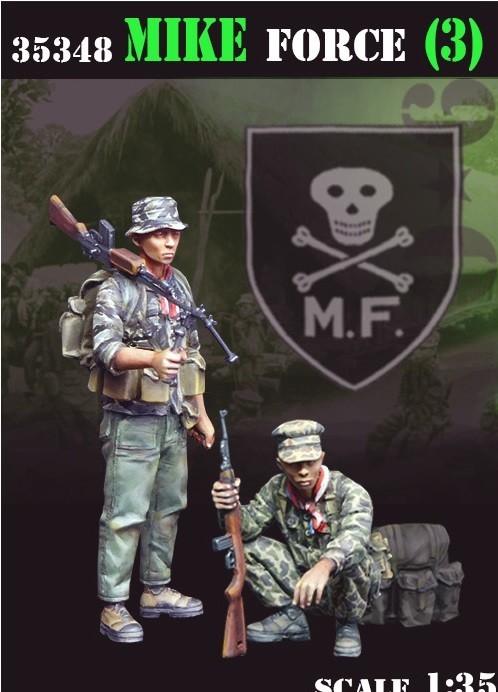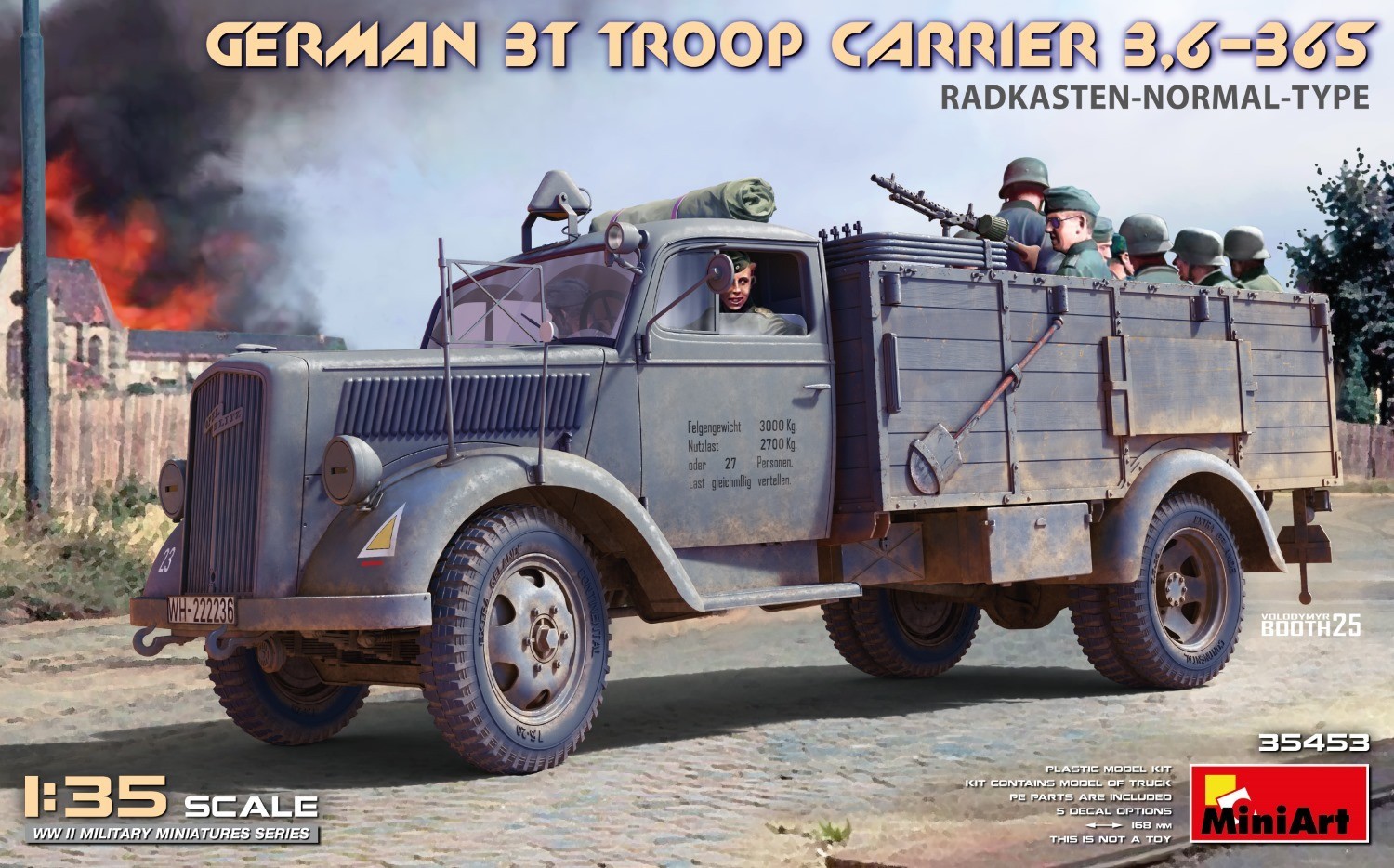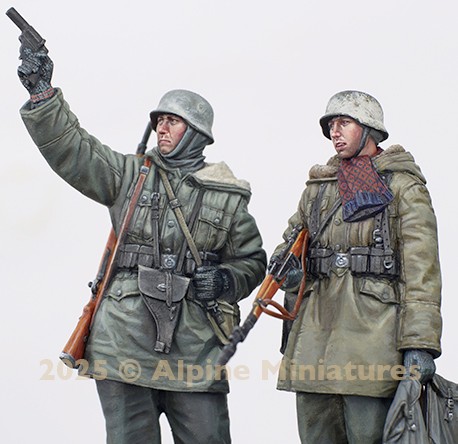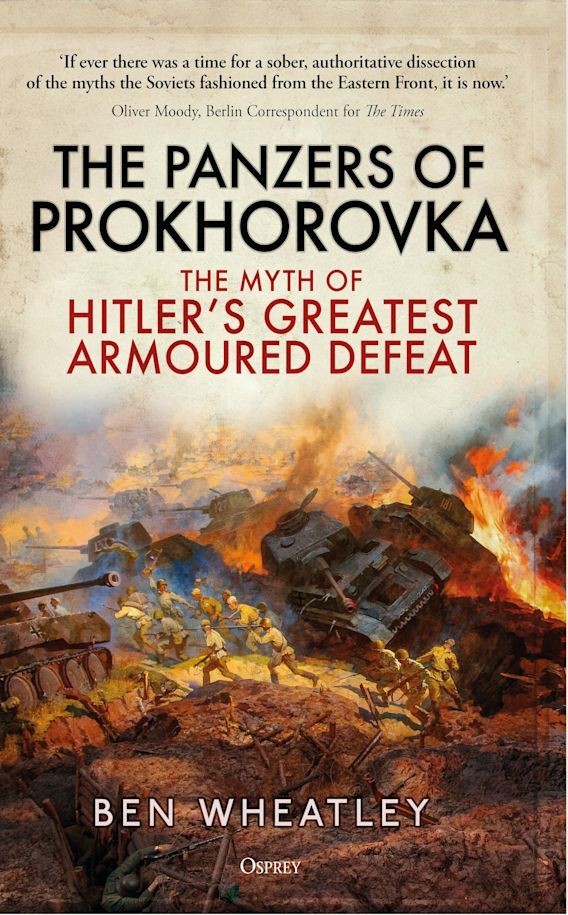
Introduction
The Panzers of Prokhorovka is a recent title from Osprey Publishing. This 320-page book is part of the General Military series , catalogued with Osprey's Short code GNM, and with ISBN 9781472859082. Authored by Ben Wheatley, this 9 x 6-inch book is also available in PDF, ePUB an Mobi, and illustrated with a 48-page plate section in colour and black and white.
Osprey states of this book;
Today in Russia there are three official sacred battlefields: Kulikovo, where the Mongols were defeated in 1380; Borodino, where Russian troops slowed Napoleon's Grande Armée before Moscow in 1812; the third is Prokhorovka. This is widely described as the most critical tank battle of the Second World War, which saw the annihilation of Hitler's elite Panzer force in the largest armoured clash in history and left Hitler with no alternative but to halt Germany's offensive against the Kursk salient. Victory, on 12 July 1943, at Prokhorovka over Hitler's vaunted SS troops has traditionally been described as a turning point in the Second World War.
The Panzers of Prokhorovka challenges this narrative. The battle was indeed an important Soviet victory, but a very different one to that described above. Based on ground-breaking archival research and supported by hitherto unpublished images of the battlefield, Ben Wheatley argues that German armoured losses were in fact negligible and a fresh approach is required to understand Prokhorovka. As we reach the 80th anniversary of the battles of Kursk and Prokhorovka in 2023, The Panzers of Prokhorovka tackles the many myths that have built up over the years, and presents a new analysis of this famous engagement.
The book begins with Dr Karl-Heinz Frieser recounting a lecture he presented to the Russian military after the fall of the Soviet Union, when he boldly stated that despite all they had learned and been told, their ancestors not only did not beat the Germans at Prokhorovka, the Red Army was soundly defeated. Ah, to have been a mosca on the wall in that room! Let us take a look at this book.
Table of Contents
Foreword by Dr Karl-Heinz Frieser
Preface
Introduction
1. The Historical Record
2. Prelude to Prokhorovka, February–11 July 1943
3. The Battle of Prokhorovka, 12 July 1943: The Statistical Battle
4. The Battle of Prokhorovka, 12 July 1943: A True Narrative
5. From Attack to Defence: The Battle of Kursk Following Operation Citadel, mid-July–31 August 1943
6. The 'Death' of the 'Panzers of Prokhorovka', September 1943–April 1944
Conclusion
Bibliography
Appendices
List of Figures
List of Illustrations in Plate Section
List of Maps
List of Tables
Acknowledgements
List of Frequently Used Abbreviations
Notes
Index
Content
When I was a kid, Martin Caidin published The Tigers are Burning, an account of the Soviet's stunning heroic crushing defeat of the SS Panzer Korps Tiger super tanks at the Battle of Kursk. Now, I still like reading Caidin's books, but over the years he has been re-categorized from a serious historian to more of a grand storyteller. The Tigers are Burning has reinforced impressions that Germany's Tiger tanks were a waste of time (maybe they were but that is beyond the scope of this musing) and, by extension a warning to NATO, swarms of cheap tanks will always beat sophisticated tanks. Regardless of which side of that debate you fall on, The Panzers of Prokhorovka blasts apart the conventional wisdom that the Red Army destroyed the Panzerwaffe during Kursk. Much of the information has been known and available for decades. Mr. Wheatley has dug into it in a comprehensive way.
This is not a recounting of the battle. It is a very different book than I am used to reviewing, it is more like attending a dissertation. Author Ben Wheatley delves deeply into document and photographic archives, including German quartermaster reports and aerial reconnaissance photos, meticulously focusing and refocusing on minutia to forensically prove his case. His case is that the 4. Panzerarmee and II SS Panzer Korps, specifically Leibstandarte SS Adolf Hitler (LSSAH), losses were astronomically inflated by the Soviets. However, we also learn the peculiarities of German tank loss reports, how some vehicles shown on the roster as a complete loss eventually made their way back to their company.
Numerous German reports are condensed into tables. The author compares LSSAH with SS-Totenkopf and Das Reich rosters and losses. Tables include dates and even times. Perhaps half of the book is the author's reference material.
Do not misunderstand the purpose of this book. The author does not try to take away the fact that Kursk was a sound defeat of the Germans. He simple wants to set the record straight that in terms of tank losses, the Germans did not suffer many and inflicted disproportionate losses on the Red Army. Yet, still the Russians fought tenaciously and kept the pressure on.
Photographs, Artwork, Graphics
The book features numerous contemporary photographs. It also makes use of current Google Earth imagery - overhead and street views. An example is a Luftwaffe photo compared to a satellite image of the 29th Tank Corps' battle area. We find Germans advancing, destroyed tanks, and wartime views of terrain and defensive works. Several photos are of wartime maps.
Unfortunately, after consulting with the author, the publisher was unable to allow me to provide any more page samples than the pair below.
Tables
There are too many to list individually. The level of detail is demonstrated by Table 11:
SS Sonderverbande AFV inventory following the capture of Hill 213.9 (1.8.43) listing the inventory of Das Reich and SS-Totenkopf at 0100 hrs on August 2, 1943, by:
- Panzer III
- Panzer IV
- Panzer VI
- T-34
- Befehlswagen
- Panzer Totals
- StuG
- Self-propelled FlaK
- AFV Total
If you enjoy examining authentic wartime documents, and reading data, this book will be a feast for your eyes.

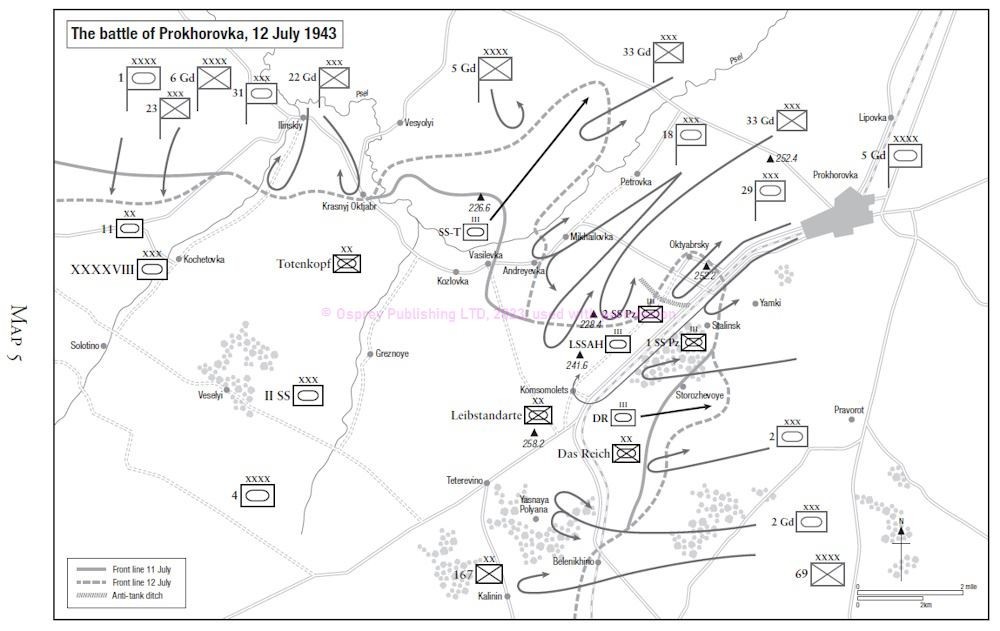
Conclusion
The Panzers of Prokhorovka is a fascinating examination of the loss ratio between the Soviet and Nazi forces during Kursk. Agree or not, the author makes compelling arguments that German tank losses at Prokhorovka losses were minor, while the Soviets were mauled. He also brings up that the T-34 by the time of Kursk was less of a threat to Pzr IVs, let alone Tigers and Panthers. He also mentions that many of the Russia tanks were not T-34s or Kv-1s, but Russian light tanks and Lend-Lease tanks.
Data tables and photos are a feast for the eyes, although many are eye-straining.
If you enjoy such information and discussion, this will be an intellectual adventure. If you are looking to better understand Kursk, you will appreciate this work, too.
Recommended.










